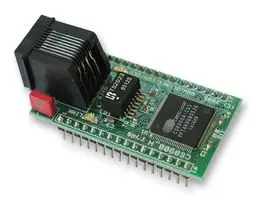ilikesilver
Well-known member
so i was doing some sorting today, and finally got around to sorting out all my eproms. I took out all the plastic type black styles/from what i understand there is nothing in them? i sorted out the three types of ceramic style, large with silver showing in the windows, large with gold showing in the windows, and then large and small with no windows at all. pain to break open i know that. I did manage to break open one of the ceramics with NO window showing. this is what i found. You can see the wires running through the underlayment of the top piece and then the glass eye completely surrounded in gold. ive searched the forum but i dont see anyone running these? is that correct. tim














































































